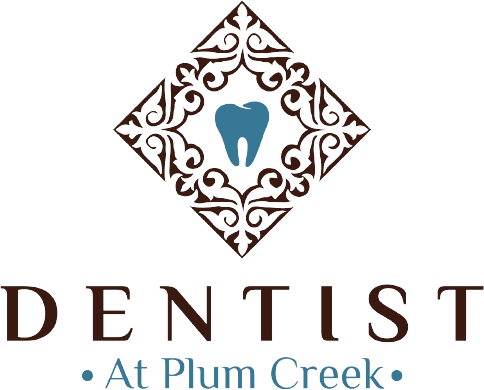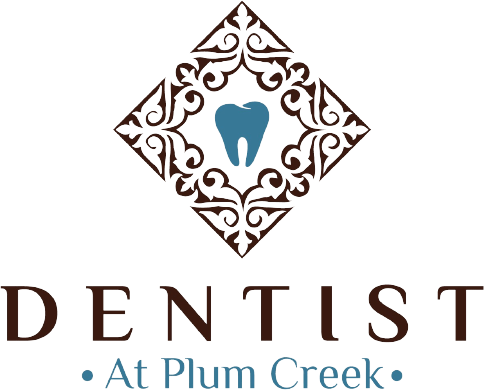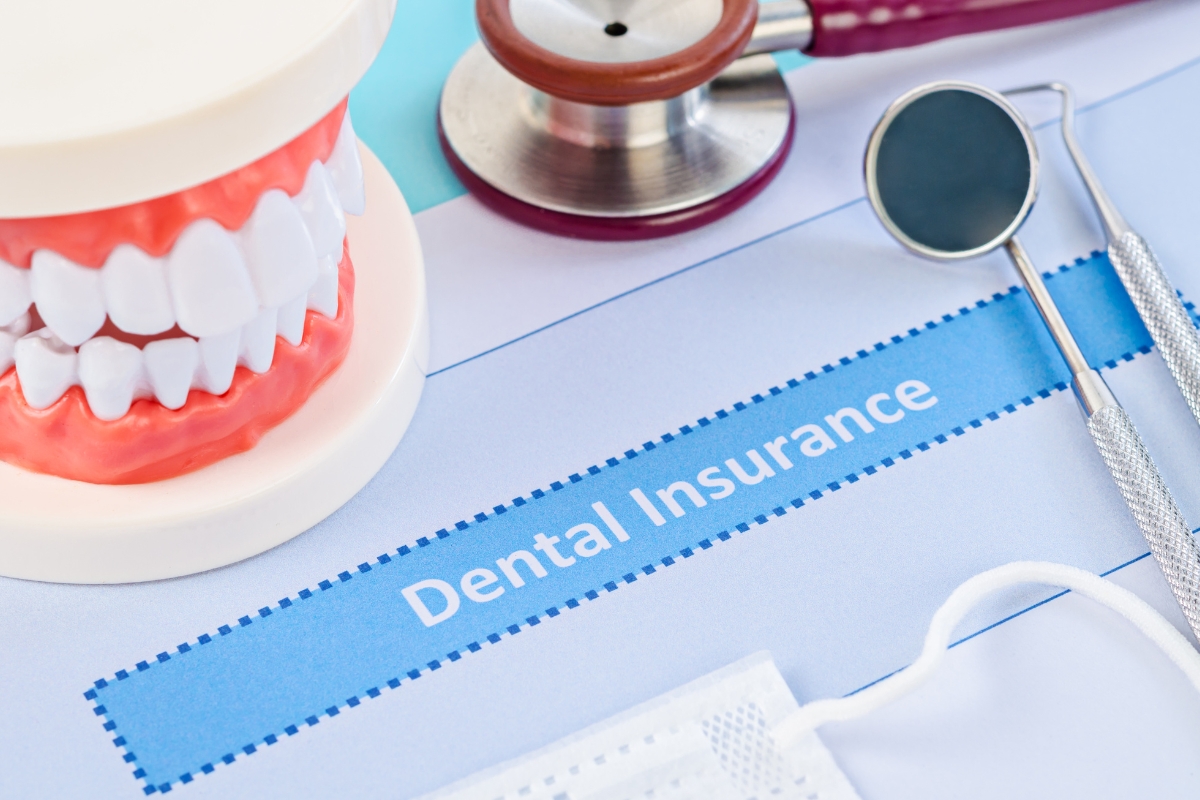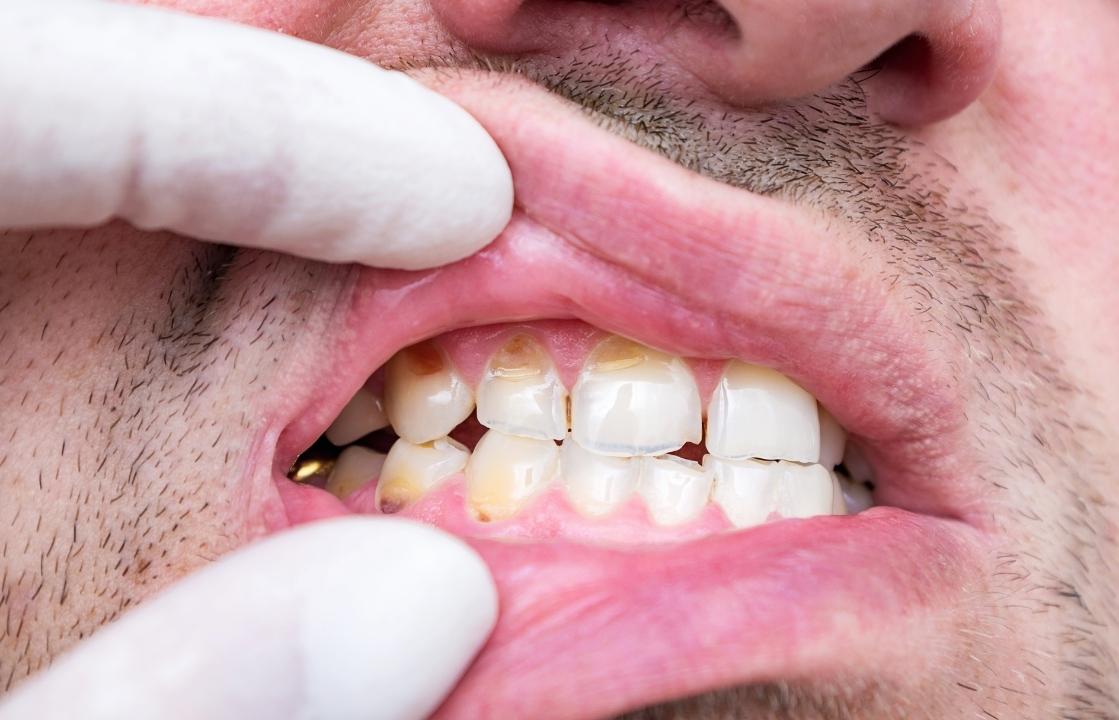$99 New Patient Special - Includes Exam and X-Rays.
What Can I Eat with Braces? A Comprehensive Guide
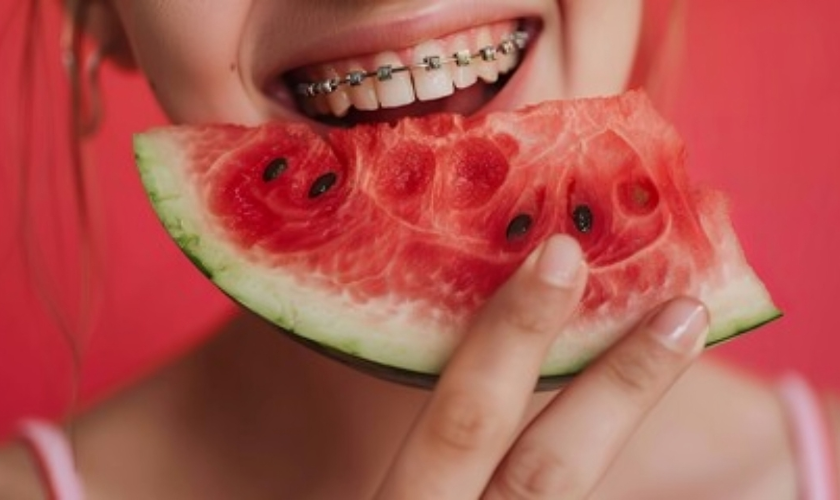
By Dentist At Plum Creek Kyle
Starting your braces journey is an exciting step towards achieving your perfect smile. However, it also brings along some challenges, especially when it comes to your diet. You may wonder whether you’ll have to give up your favorite treats or avoid certain foods altogether. While braces do require some dietary adjustments to protect your teeth and ensure the effectiveness of the treatment, it’s not as restrictive as you might think. This guide will walk you through the best food choices, what to avoid, and tips for eating with braces to make this transition as smooth as possible.
Navigating Your Food Choices with Braces
Braces are designed with small, delicate parts that are vulnerable to damage from certain foods. Not only can some foods break or bend the wires and brackets, but they can also get stuck, leading to potential oral health issues. Understanding which foods are safe and which ones to avoid is key to maintaining the integrity of your braces and ensuring your treatment progresses smoothly.
Adjusting to Braces: Choosing Soft Foods
During the initial days after getting braces or after each adjustment, your mouth may feel sore. To ease discomfort and allow your mouth to adjust, it’s best to start with soft foods that require minimal chewing. Here are some great options:
- Oatmeal: A warm, soft, and nutritious breakfast choice.
- Scrambled Eggs: Easy to chew and packed with protein.
- Soups: Warm and comforting; just avoid overly hot temperatures.
- Pasta: Choose softer-cooked varieties for easier consumption.
- Seafood: Flaky fish like salmon is gentle on your teeth.
- Soft Vegetables: Steamed or boiled veggies provide essential nutrients without the crunch.
- Mashed Potatoes: Creamy and filling, a perfect comfort food.
- Soft Cheeses: Easy to eat and rich in calcium.
- Bananas: Naturally soft and easy to eat.
- Yogurt: Creamy and soothing, perfect for any time of the day.
- Ice Cream: A cold treat that can help soothe soreness from braces.
These foods not only help manage the discomfort that comes with new braces but also protect the braces from potential damage during this sensitive period.
Foods to Eat with Braces
Braces create small spaces where food particles can easily get trapped. If you’re not careful, this can lead to broken wires or even tooth decay. While there are certain foods to avoid, there’s still a wide variety of braces-friendly foods you can enjoy:
- Bread: Most types of bread are fine, but it’s best to avoid those with nuts. If you’re eating bagels or crusty bread, cut them into smaller pieces to avoid putting too much pressure on your braces.
- Dairy: Cheese, milk, and yogurt are great choices, offering calcium without the risk of damaging your braces.
- Grains: Foods like rice, pasta, and oatmeal are safe and easy to eat.
- Protein: Incorporate eggs, chicken, beef, tofu, fish, and pork into your diet; just ensure the meat is tender and easy to chew.
- Vegetables and Fruits: While hard fruits and vegetables like apples and carrots should be cooked or cut into smaller pieces, most other produce is safe to eat.
Initially, and after each visit to the dentist, your mouth may feel tender. During these times, you can still enjoy the recommended foods by cutting them into small, soft pieces to minimize discomfort and protect your braces.
Foods to Avoid with Braces
Braces, while sturdy, can be damaged by certain foods. Small brackets are attached to each tooth and connected by wires that apply pressure to gradually realign your teeth. Eating the wrong foods can cause brackets to dislodge or wires to bend, disrupting your treatment. Here’s a list of foods you should steer clear of:
- Hard Candy: Posing a risk to both braces and teeth, it’s best to avoid these entirely.
- Corn on the Cob and Whole Apples: Biting directly can dislodge brackets or bend wires; instead, cut these into manageable pieces.
- Sticky Candy: Taffy, caramel, and similar treats can cling stubbornly to your braces, making them difficult to clean.
- Popcorn: The kernels can easily get stuck in your braces and are hard to remove.
- Nuts: These can be too hard on your braces and may cause damage.
- Tortilla Chips: These crunchy snacks can break wires and should be avoided.
- Crunchy Veggies/Fruits: Raw carrots and apples should be cooked or sliced to prevent putting undue pressure on your braces.
- Pizza Crust: Crispy, hard crusts can be challenging to chew with braces.
- Bagels or Hard Rolls: Their density can be tough on braces; opt for softer bread or cut them into smaller pieces.
- Ice: Avoid chewing ice at all costs, as it can easily damage your braces.
- Snack Chips & Pretzels: Hard or crunchy snacks may break brackets or wires.
It’s also wise to limit sugary foods and drinks, as sugar contributes to plaque build-up on your braces, leading to decay. Chewing gum can be difficult and is generally not recommended with braces.
10 Essential Tips for Eating with Braces
Beginning braces treatment is an important milestone on your journey to your ideal smile, but it does come with some changes to your daily habits. Eating with braces doesn’t have to be challenging—by following these expert tips, you can safeguard your braces while enjoying your meals with ease:
- Start Small: Cut your food into small pieces to avoid direct biting with your front teeth, which can be sensitive or risky with new braces.
- Choose Soft Foods: After your braces are tightened, stick to softer foods like mashed potatoes, yogurt, and smoothies, which require less chewing and apply less pressure on your braces.
- Avoid Extremes: Be cautious with foods or drinks that are excessively hot or cold, as extreme temperatures can increase tooth sensitivity, especially in the early stages of wearing braces.
- Steer Clear of Sticky Foods: Sticky items can cling to your braces and make cleaning difficult. If you must chew gum, opt for sugar-free varieties, which are less likely to aggravate your braces.
- Chew Gently: Take your time and chew your food slowly. Aggressive chewing can damage your braces by dislodging brackets or bending wires.
- Watch for Crunchy and Hard Foods: Avoid hard foods like raw carrots, apples, or crusty bread, which can damage your braces. Instead, cook or steam these foods to soften them or cut them into manageable slices.
- Rinse After Eating: Swish water around your mouth after meals to help remove any food particles stuck in or around your braces. This helps prevent plaque build-up and staining.
- Invest in the Right Tools: Carry a travel toothbrush or use a water flosser. Regular brushing and flossing are crucial to keeping your braces clean, especially after eating.
- Stay Hydrated: Drink plenty of water throughout the day. Staying hydrated helps rinse away food debris and acidic residues, keeping your mouth clean.
- Follow Your Dentist’s Advice: Adhering to the precise instructions provided by your dentist in Kyle, TX, regarding dietary choices and the care of your braces is crucial. Their recommendations are based on extensive knowledge and will help you achieve the best possible results.
Additional Tips for Maintaining Healthy Teeth and Braces
Proper oral care is essential for keeping your teeth and braces in good condition throughout your orthodontic treatment. Here are some extra tips to ensure your smile stays healthy:
- Brushing Technique: Brush your teeth and braces with care. Start by brushing along the gumline at a 45-degree angle, then angle your brush downward from the top of each bracket. Repeat this process from below the bracket, angling the brush upward. This technique helps remove plaque and food particles effectively.
- Flossing: Use a threader to navigate around your braces when flossing. This allows you to clean between your teeth and around the brackets, reducing the risk of decay.
- Routine Dental Visits: Attend your regular dental appointments. These checkups are vital for monitoring your progress and making any necessary adjustments to your treatment plan.
By following these tips and maintaining good oral hygiene, you can enjoy many of your favorite foods while keeping your braces in excellent condition. Remember, the effort you put in now will be rewarded with a beautiful, well-aligned smile in the future.

